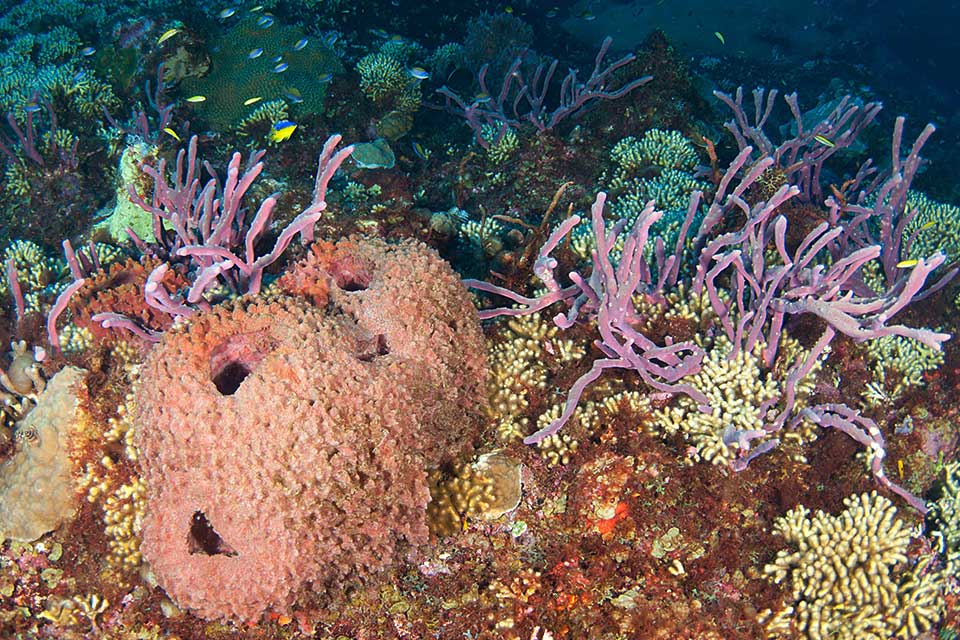sponge skeleton type adapts well to its particular habitat and can inhabit hard rock surfaces and soft deposits such as sand and mud. Some sponges can even stick to floating debris! 26th. 2021
What is the environment-friendly sponge?
Certain sponge species are adapted to freshwater environments. Their skeletal type allows them to live in either hard or soft deposits. Their pores allow them to filter the water around them for food. Inside the sponge are flagella that generate electric current for the choanocytes to trap food.
How do sponges withstand climate change?
Incredibly, sponge growth actually increases in response to warm water. Epigenetic reactions provide efficient methods used to counter the adverse effects of elevated water temperatures, such as increased production of antioxidants and induction of heat shock proteins. 2017
How does the sponge survive?
Sponges live at all depths under different conditions, both in marine and freshwater environments. They are "insignificant" animals (not moving around), pumping large amounts of water into their bodies and filtering small organisms and organic particles for food.
Why is the sponge elastic?
& gt;Sponge elasticity Sponges with a high ratio of stored lipids to certain long-chain polyunsaturated fatty acids were found to be more resistant to heating. These specific lipids and fatty acids may maintain cell membrane function and other cellular processes in the face of temperature stress.

Below you will find two helpful answers on a similar topic. 👇
What animals dont get dizzy?How do elephants survive in the wild?
